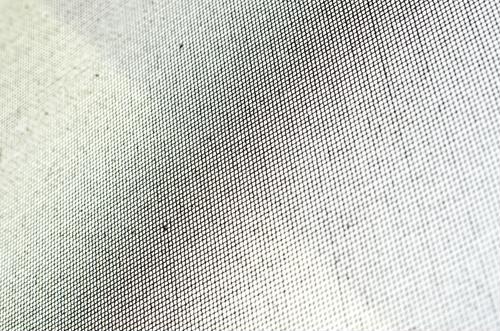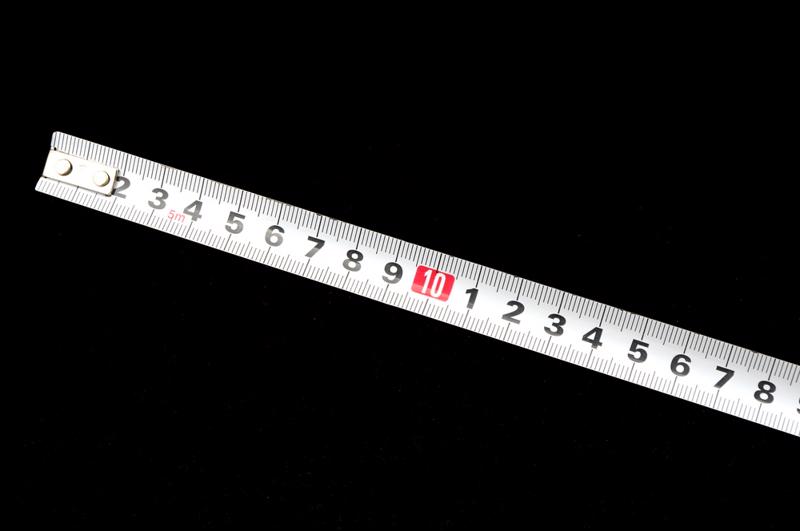Understanding etch ratios and etch factors

One of the main problems with photo etching is that it is not a well-known manufacturing process. Because of this, OEMs often overlook this versatile, precise fabrication method when looking for a value-added supplier. They simply don't know enough about the photo etching process, making them hesitant to entrust part of their operation to it.
At its core, manufacturing component parts is a matter of starting with raw materials and using some sort of method to transform that material into a finished part. Photo etching is no different, even if the terminology is unfamiliar to those who are more well-versed in mainstream methods. We think this is a shame - OEMs are losing out on an opportunity to work with a low-cost, efficient and precise small-parts manufacturing process.
If you're an engineer or designer at an OEM looking to gain some familiarity with photo etching, here are two terms we think you should know in order to improve your understanding of how etching works.
What is the etch factor?
If you've worked with CNC milling or other tool-based methods, you're probably familiar with a tool offset. Tool offsets are what allow operators to make dimensional adjustments to the workpiece.
"The etch factor in photo etching is determined by metal thickness."
Adjusting the etch factor is how we adjust the dimensions of the parts. We call this process "compensation."
The etch factor in photo etching is determined by metal thickness, much like with the tolerance band and minimum feature sizes. To keep it simple, if we assume a 50/50 etch, then the etch factor is half the metal thickness.
When explaining this concept, we like to use the example of a basic washer. Let's start with a metal thickness of .010", and assume the outside diameter of the washer is 1" and the inside diameter is .5". In this case, we need to compensate by adjusting the outside diameter of our phototool to 1.005" and the inside diameter to .495".
In addition to this compensation, we also include an "etch band" to the areas that will be etched. Remember that the clear area on the phototool is what will eventually become the actual part. The etch band is printed in black and, like everything else, is dependent on the metal thickness, usually yielding a width between .020" to .050". If we're dealing with a part where a large area will be subject to internal cut outs, we may put an etch band around them as well and let them fall out on their own.
 The metal thickness determines the necessary etch factor on our parts.
The metal thickness determines the necessary etch factor on our parts.What is an etch ratio?
For most etching operations, the etch ratio is 50/50. This means that both sides of the sheet are treated equally and are subject to the same limitations in terms of allowable diameters for holes and other features. However, in some situations, the etch ratio must be altered.
In a situation where we're working with an asymmetrical ratio like 60/40 or 70/30, each side of the metal sheet is treated as if it were a different thickness. This is key when you consider that the general rule is that hole size must be 115 percent of the metal's thickness. For example, for an 80/20 ratio on .010 material, the 20% side would be treated as if it were .004" thick and the 80% side as if it were .016 thick.
Changing the etch ratio means that we can put smaller holes on one side. This comes in handy for parts used in filtration devices. Uneven etch ratios are also finding applications in the semiconductor market as well.
For more information on the etching process, or to see how your OEM can benefit from working with a photo etching provider, call us at 800-443-5218 or email us at sales@conardcorp.com and we can get started working on your designs!


